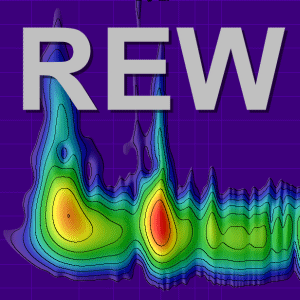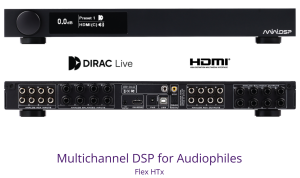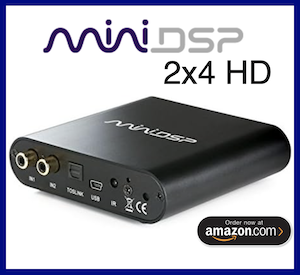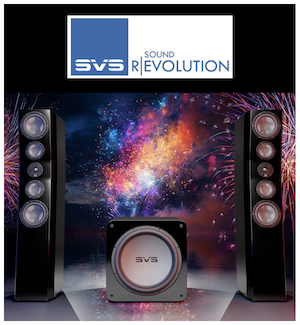Joffieb
Member
Thread Starter
- Joined
- Sep 12, 2021
- Posts
- 49
More
- Preamp, Processor or Receiver
- Rotel RC995
- Main Amp
- Rotel RB981
- DAC
- Modi 3
- Streaming Equipment
- Audioengine B-Fi
- Streaming Subscriptions
- Tidal, Spotify
- Front Speakers
- B&W 685s2
- Subwoofers
- AE Aegis Neo V2
- Other Equipment
- MiniDsp nanoDigi 2x8
Hi
I am running Harbeth P3ESR's and a B&W ASW675 sub. I want to integrate the sub and want to interfere with the Harbeths as little as possible. I am running a MiniDSP 2x4 into the sub so can do time alignment and 5 band eq as well as setting a crossover. I'm looking for advice how to integrate the sub only eq'ing the sub by using measurements. So far, if I measure the sub alone and apply the generated filters, once the full system is measured, the low end where the speakers and sub play together flops.
Any advice please.
Thank
I am running Harbeth P3ESR's and a B&W ASW675 sub. I want to integrate the sub and want to interfere with the Harbeths as little as possible. I am running a MiniDSP 2x4 into the sub so can do time alignment and 5 band eq as well as setting a crossover. I'm looking for advice how to integrate the sub only eq'ing the sub by using measurements. So far, if I measure the sub alone and apply the generated filters, once the full system is measured, the low end where the speakers and sub play together flops.
Any advice please.
Thank














